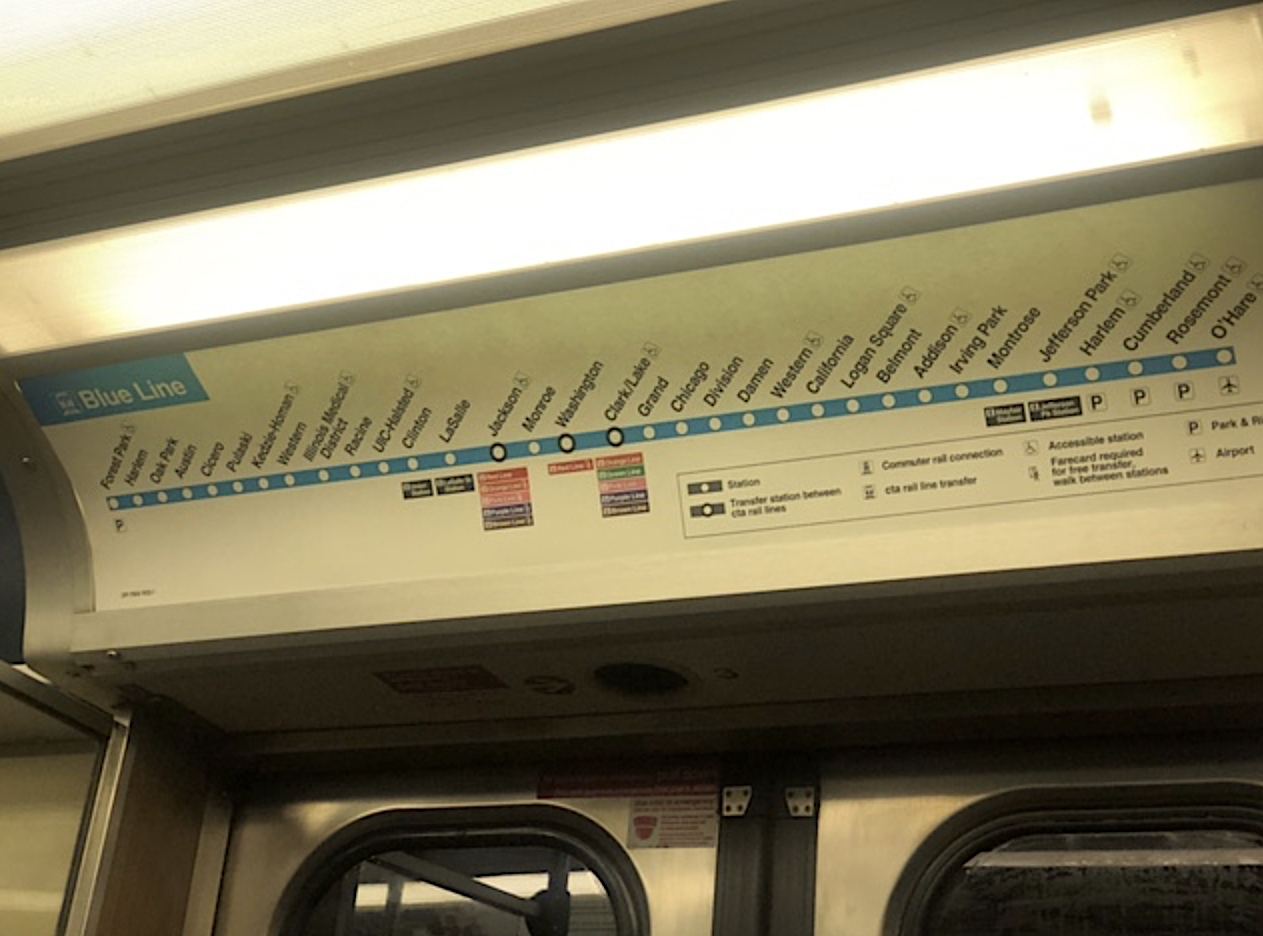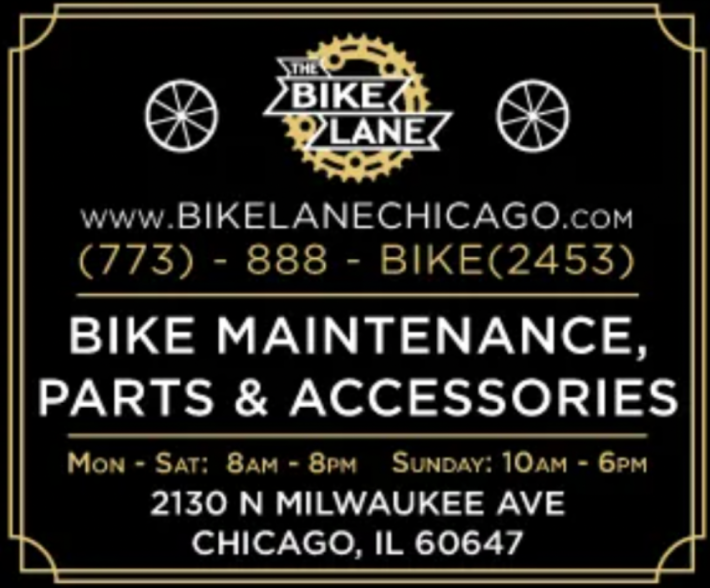
This piece was written by J. Niimi, and edited by John Greenfield.
In these post-COVID-19 times, fellow city dwellers I know who use the CTA say conditions on the trains are pretty much worse than ever. The word "s---show" is often employed.
Statistics seem to bear this out. According to a September WBEZ report based on Chicago Police Department data, the amount of violent crime in our city of Chicago has overall remained at fairly consistent levels in recent years. But in 2021, when CTA ridership had dropped because of pandemic, the CTA reached a 20-year peak, with 4.2 violent crimes per 1 million rides.
That ratio has improved somewhat since ridership increased post-COVID. But we're still currently at 3.4 violent crimes per million rides, according to WBEZ. Compared to only 2.0 before the pandemic in 2019, that's a 70 percent increase.
In the first eight months of 2024, there were 656 reported violent crimes on CTA property. Tragically, the recent wave of violence culminated early Labor Day morning, when a man fatally shot four people sleeping on a Blue Line train before it pulled into the west-suburban Forest Park terminal.
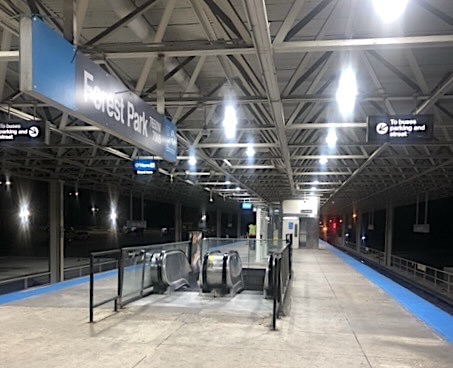
But even non-violent rule-breaking on the CTA can be a serious deterrent to riding. With fewer "eyes in the 'L' cars" during the pandemic, cigarette and marijuana smoking became more common. That created a serious health hazard for people with respiratory issues, kids, and senior citizens, and a major annoyance for other passengers. Littering and loud noise from personal electronic devices also seems to have increased in recent years, which can make riding the train unpleasant as well.
Of course, the post-COVID trend towards working from home has also hurt CTA recovery. By May 2024 CTA bus ridership was still only at about 77 percent of the May 2019 level. May 2024 train use had only reached 59 percent of the level five years earlier. And fewer people on the platforms and in the railcars can make the transit system feel less safe.
I've experienced these conditions myself. A few years ago, my work commute involved taking the Blue Line between the Irving Park station and the Forest Park stop, a roughly hour-long ride. Particularly on the West Side, especially at night, it was common for riders to smoke and drink alcohol onboard, and the floors and seats were often strewn with trash. Young people frequently walked between the cars selling marijuana and, sadly, it wasn't unusual to witness individuals openly using hard drugs.
Because I stopped using the Blue Line for my daily commute around October 2022, I decided to check out what the Forest Park branch is like nowadays. Last Saturday night, I rode the train from the Loop to Forest Park and back, taking notes and photos along the way.
I left the Jackson station around 8:20 p.m. At about 8:30 we stopped at the UIC-Halsted stop, and everyone was told to disembark and wait for another train. To kill time, I walked up and down the platform, watching drivers race by on the Eisenhower.
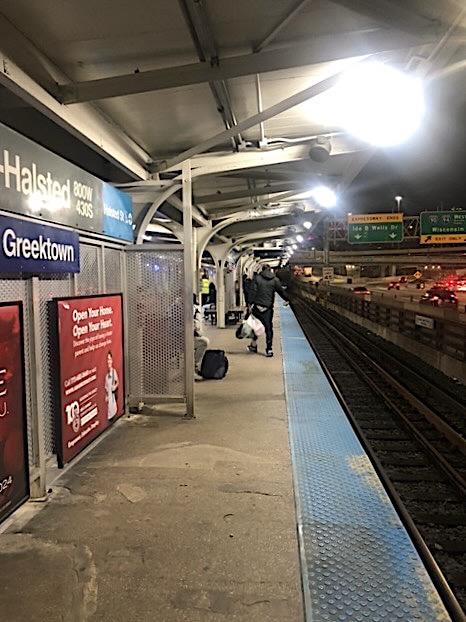
As I did so, another man stormed up and down the platform, yelling and swearing angrily. After I stopped walking, a guy near me lit up a Black & Mild cigar. The night was getting a little chilly, so I had my hands in the pockets of my black leather blazer.
After about ten minutes an outbound train arrived and everyone got on. A thirty-ish, shaggy-haired man across the aisle was casually vaping, filling the air with berry-scented plumes. Another guy, resembling Ratso Rizzo from the film Midnight Cowboy, entered from an adjacent car and greeted him, then warned the vape user about security personnel at the Forest Park branch's Western station. Then he hastily moved to the next car.
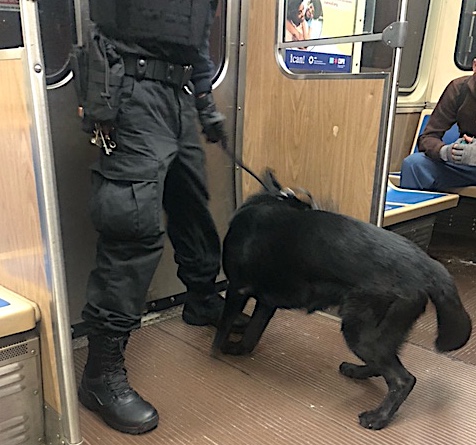
A few minutes later, the doors opened at Western and four black-clad K-9 patrol officers simultaneously entered my car with a German shepherd in tow. After they got off at Kedzie/Homan station, the vaper stood up and started chatting with an older, white-bearded man in shorts about their mutual contempt for security guards, then exited the train at the Pulaski stop.
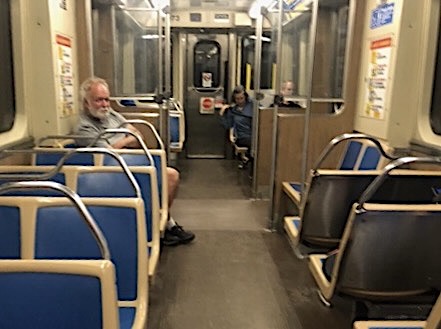
At about 9:00, a middle-aged man limped past me to the semi-private partitioned seat at the end of the car. Disturbingly, he pulled out a glass pipe and began smoking crack.
At around 9:15 I arrived at the Forest Park station. That's where, less than two months ago, a CTA worker who was cleaning the train came across a bullet casing outside a rail car, looked inside, and saw the first three murder victims.
When I headed downstairs for a smoke, the K-9 team I saw earlier was there, standing by the turnstiles. The rest of the station was empty, except for a man selling loose cigarettes.
Benches outside by the bus area had garbage, cigarette butts, and saliva on them. An old man wearing dirty hiked-up slacks and a pair of white tennis shoes, but only one sock, approached me, gesturing wordlessly for a smoke.
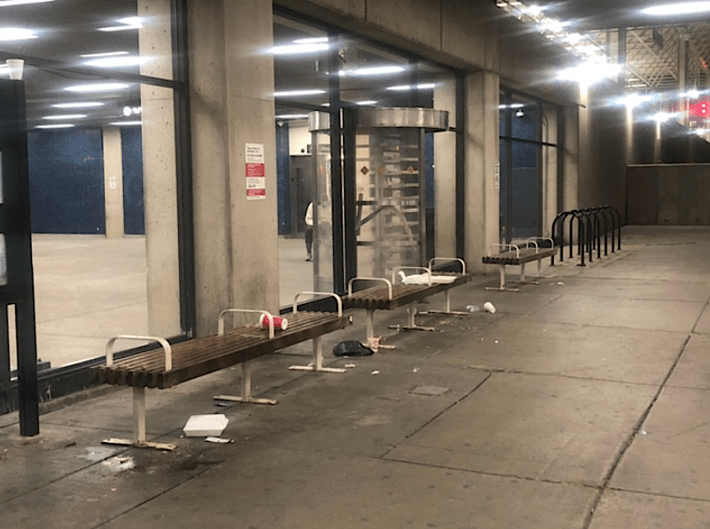
After chatting up the K-9 guards a bit, I took the escalator back to the platform. Besides me, there were only a couple of CTA custodians waiting to clean the next train.
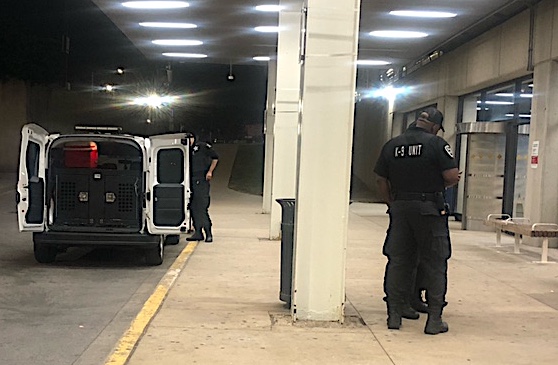
The inbound train showed up at around 9:45. My car was empty, except for someone sleeping under a blanket.
At the Harlem station, a guy got on, sat down, and started smoking a cigarette. As the train clattered its way toward the city again, more riders gradually trickled on.
By the time we got back to UIC-Halsted, the train was full of talkative young people. Now it felt less post-apocalyptic and more like a typical Saturday night again.
Back at Jackson again, a mass of people left the train and more folks got on. I stayed aboard, and the train soon turned northwest towards O’Hare, taking me home.
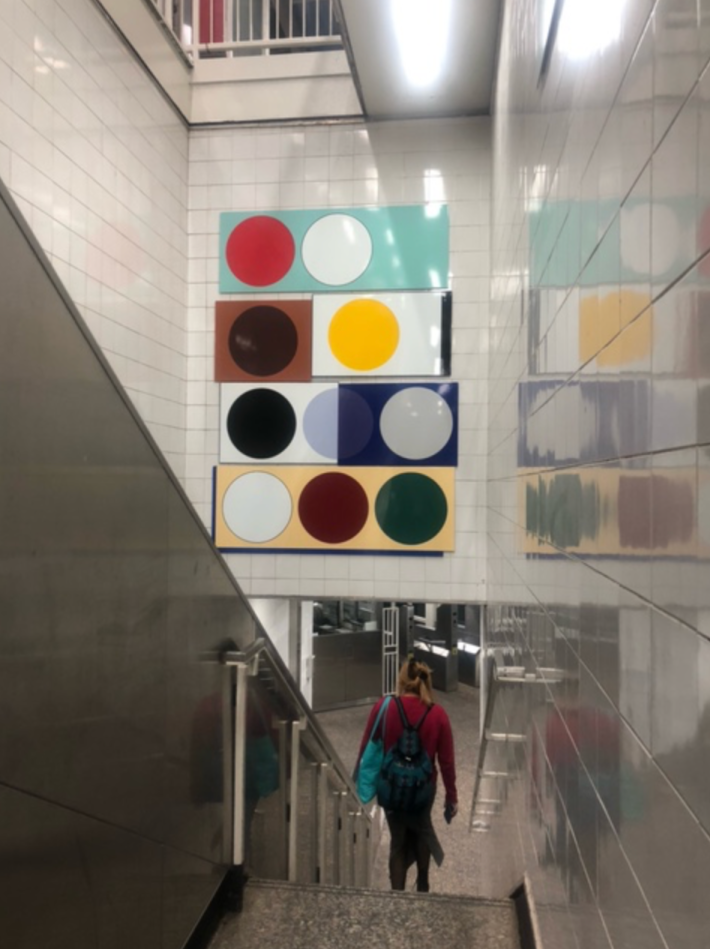
As we traveled through more gentrified neighborhoods on the Near Northwest Side, I thought about what I saw on the Forest Park branch, around two years after I last rode it. While I never really felt like I was in danger, it's understandable that many Chicagoans would feel that some of the things I witnessed are non-starters.
Hopefully, as CTA ridership continues to grow post-pandemic, conditions on the trains and in the stations will improve. On the other hand, maybe it's a chicken-or-egg situation: Many people will choose not to ride the trains, opting for non-sustainable modes like driving or ride-hail instead, until conditions on the 'L' get better.
A lifelong Chicagoland resident, J. Niimi is the author of "R.E.M's Murmur," part of the "33 1/3" book series.

Did you appreciate this post? Please consider making a tax-deductible donation, to help keep Streetsblog Chicago's sustainable transportation news and advocacy articles paywall-free.
